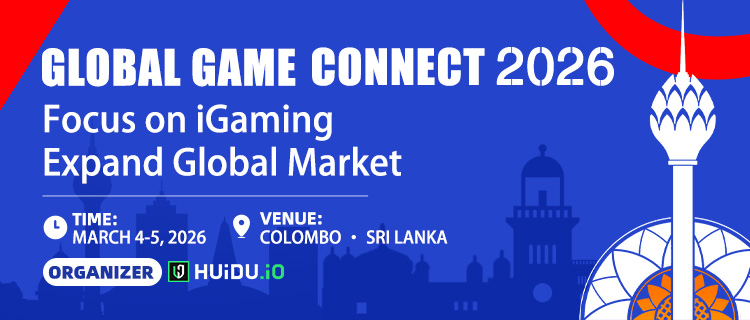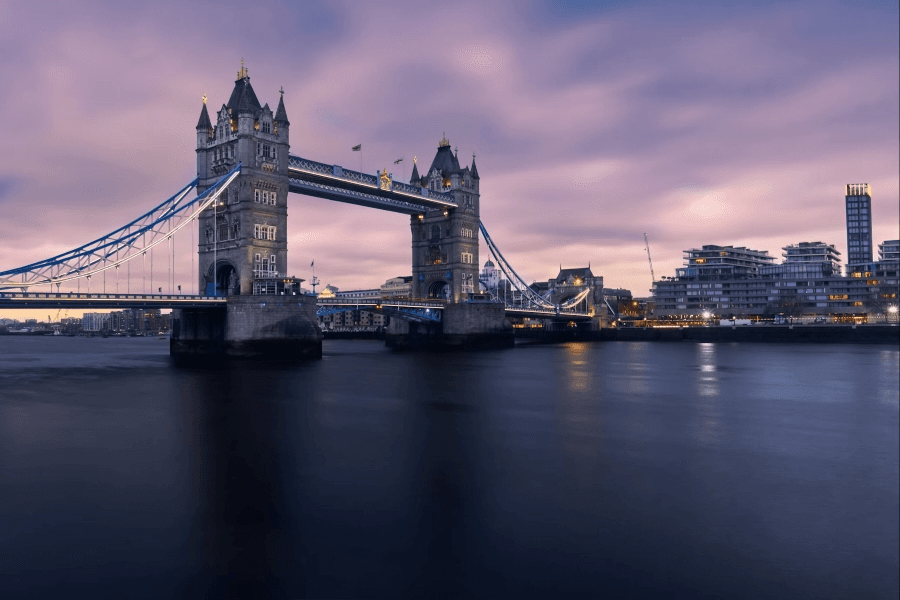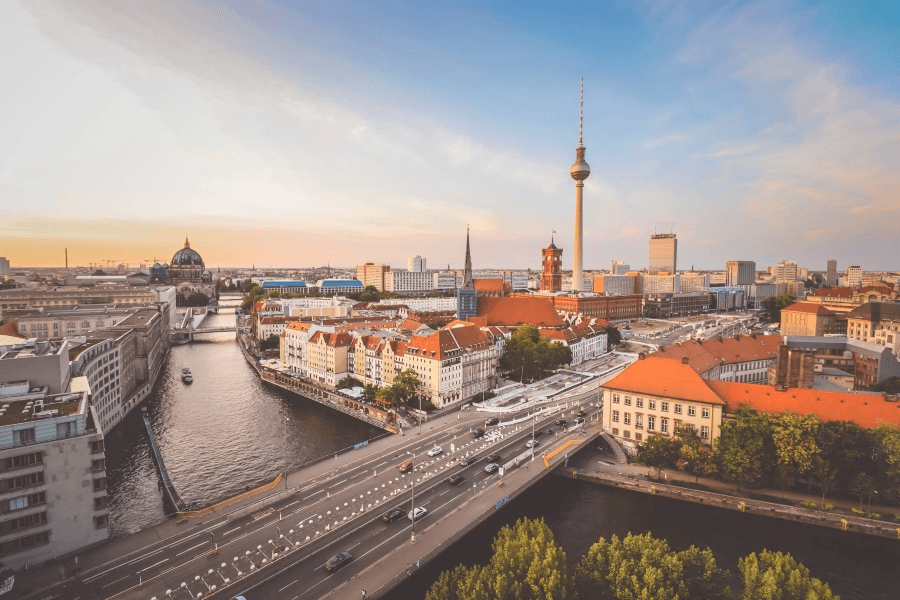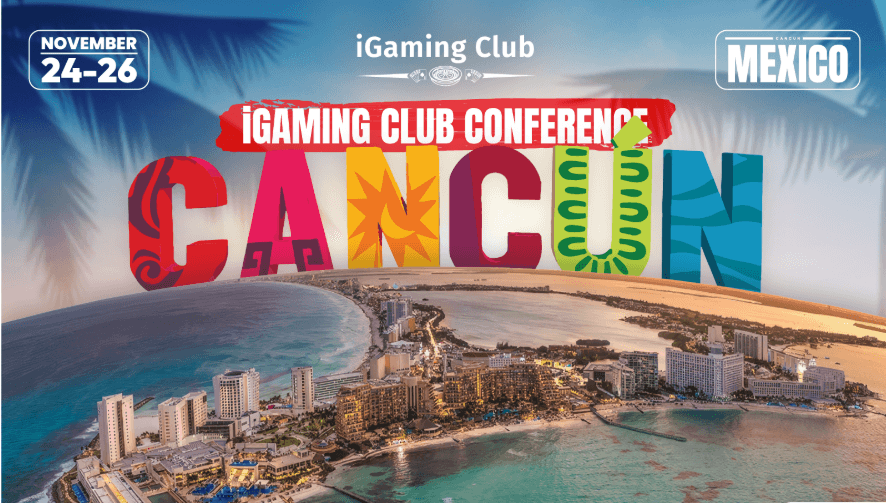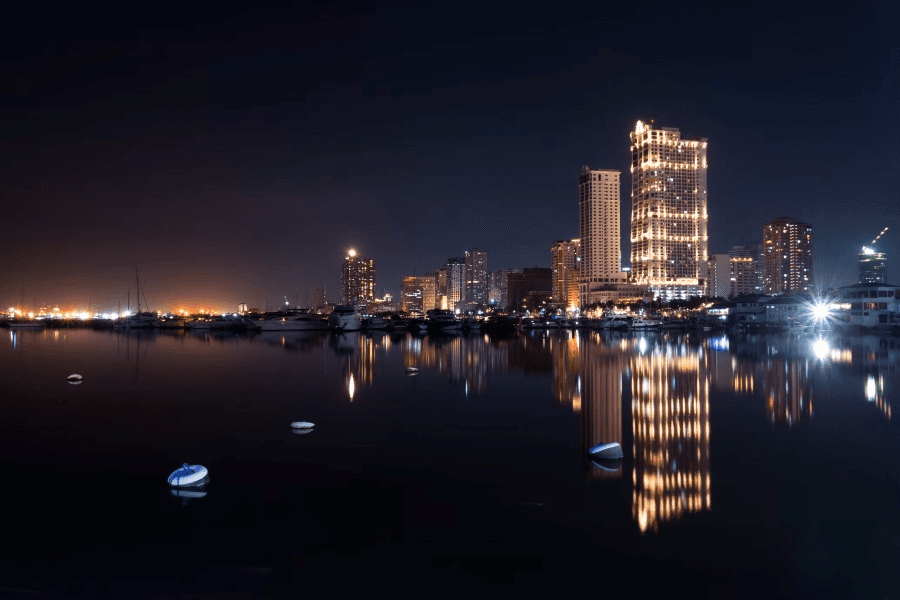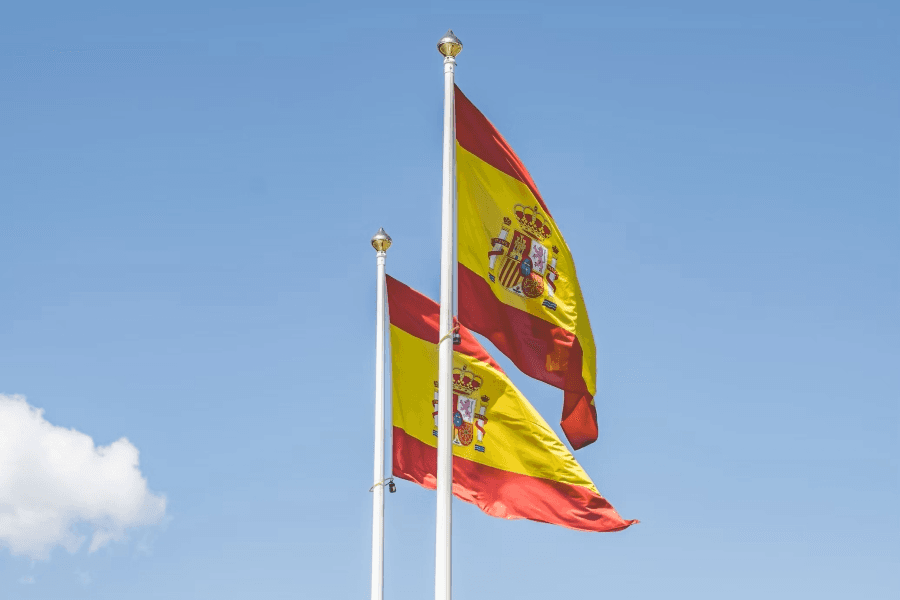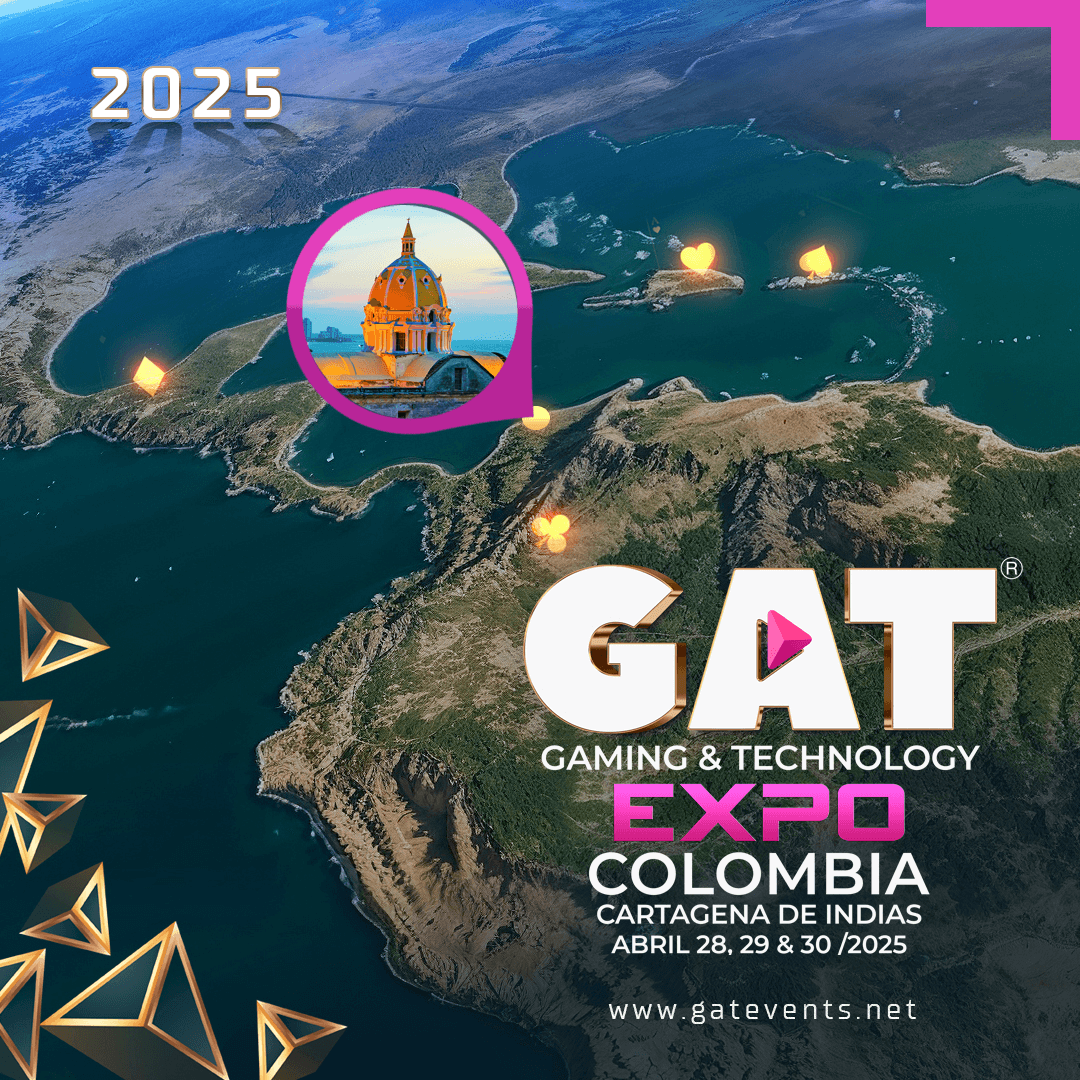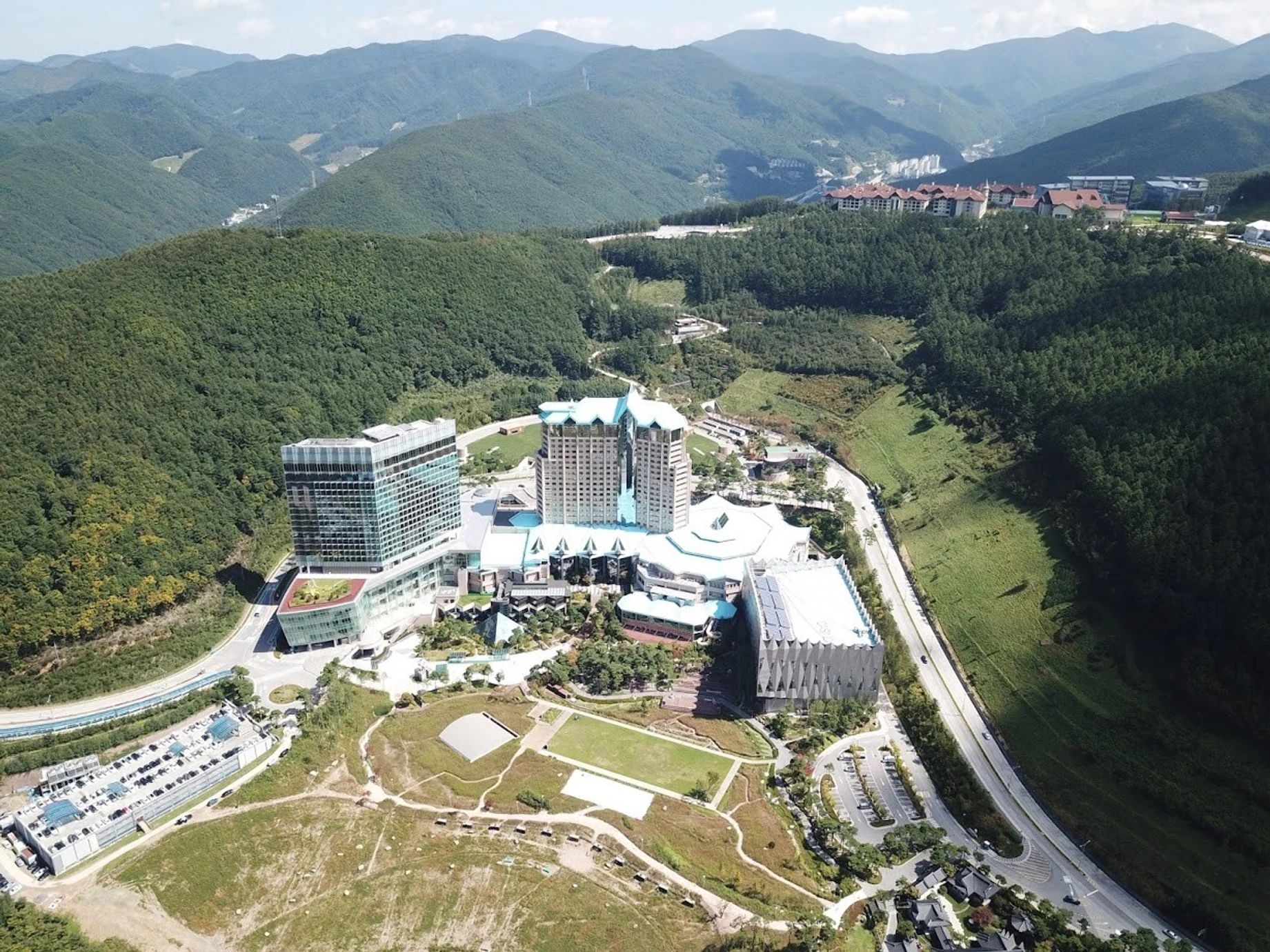
Kangwon Land, the only locals casino in South Korea, has long been challenged by its remote setting. Located in the highlands of Gangwon Province, a former coal mining region, the resort is 150 kilometres from Seoul and 883 metres above sea level.
In a bid to draw more players, last year Kangwon Land won approval to add a second casino. It is also upgrading its existing resort and building a new KRW2.5 trillion (US$1.9 billion) luxury hotel.
Phase 1 of the project, the second gaming floor, was expected to open sometime in 2027. That debut has been delayed to early 2028, the operator has announced. The new casino will offer 50 tables (for 250 across the resort) and 250 gaming machines (a total of 1,610).
Non-gaming attractions include walking trails and a luxury pool. A wellness centre opened in January. Future phases will add a sky bridge that links the casino to the nearby High1 Ski and Golf Resort.
From casino to integrated resort
With the expansion, a source told the Korea Economic Daily: “Kangwon Land hopes to turn from a casino operator into a resort complex operator.” The intent is to compete with rivals like Inspire and Paradise City.
Those properties benefit from their locations on Yeongjong Island, just 33 kilometres from Seoul, and near Incheon International Airport. But both cater to foreigners only. That limitation can quickly become a liability in times of economic or political turbulence.
As gaming analyst Andrew Klebanow observed during the pandemic: “Every country in East Asia that prohibits its citizens from entering casinos will never enjoy the economic impacts that integrated casino resorts can have on a nation.”
Gaming now makes up almost 90% of Kangwon Land’s revenue. With its pivot to an integrated-resort model – emphasising non-gaming as a growth engine – the company hopes to change that ratio to 70% gaming.
But casino still pulls the cart. According to Douglas Research, Kangwon Land will expand its total casino area from 14,512 to 20,260 square metres (up 40%). Betting limits in the foreigners-only zone will also increase significantly from KRW300,000 to KRW300 million won – a 1,000% increase.



 2Days ago
2Days ago
